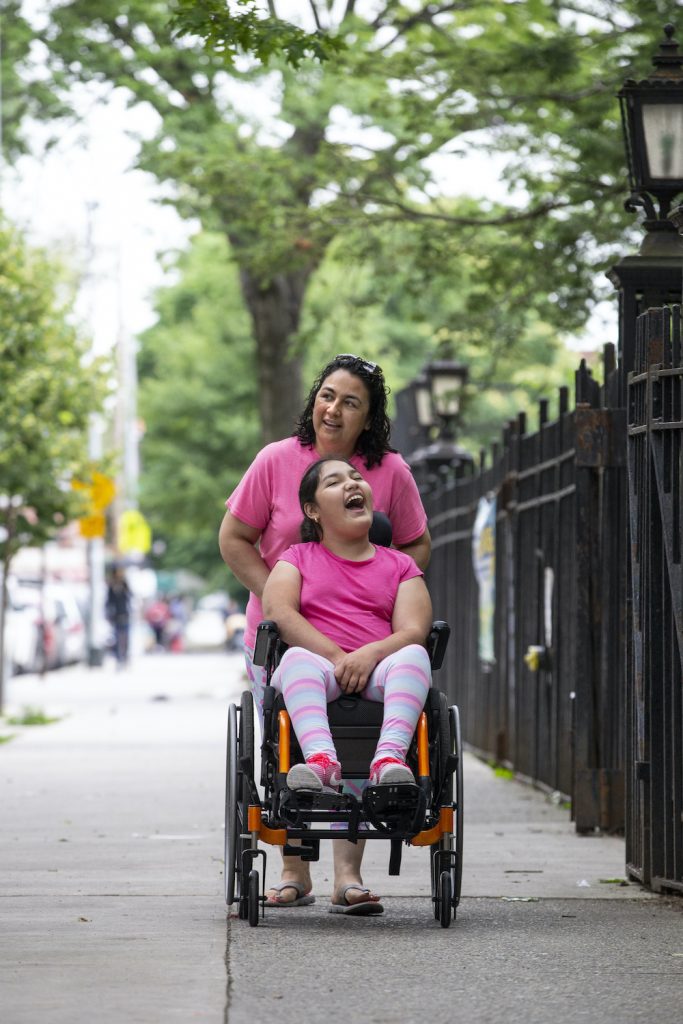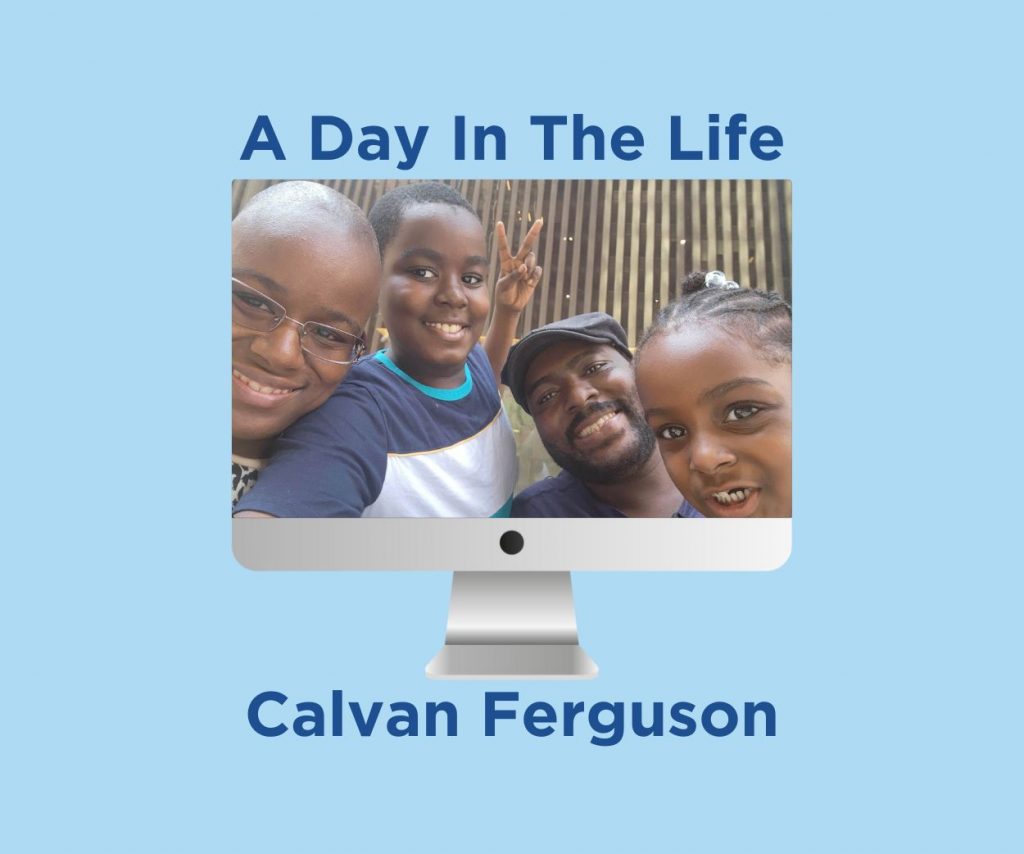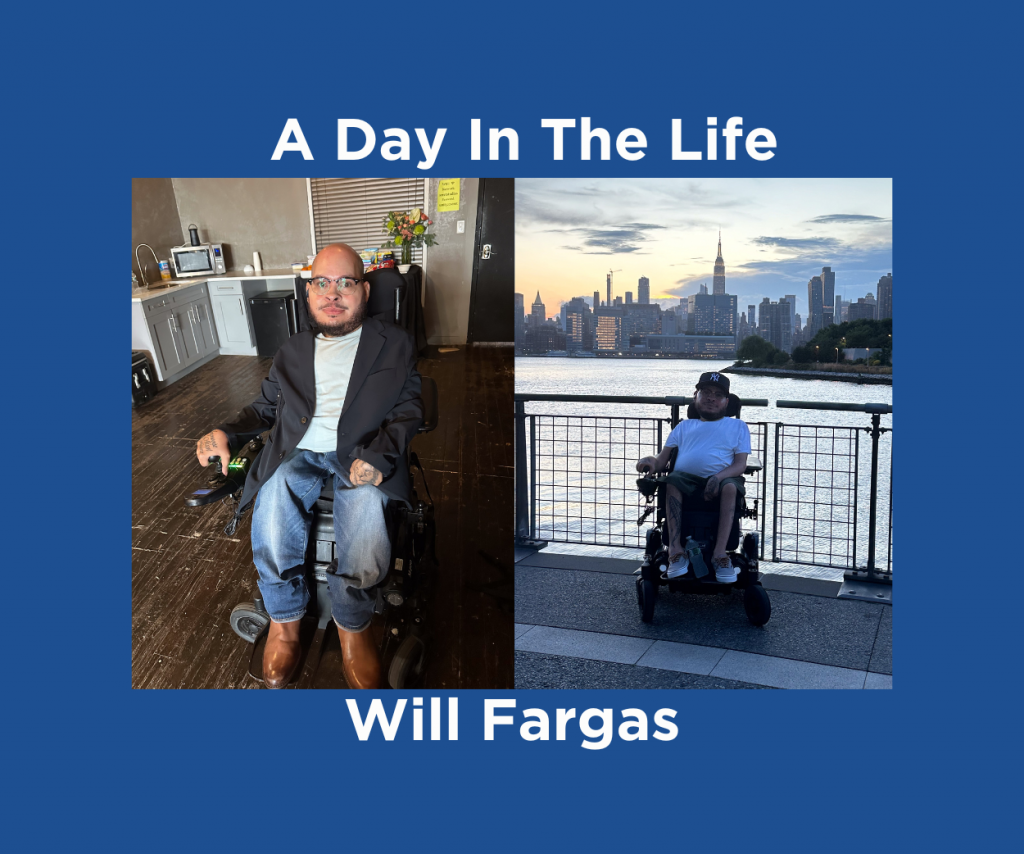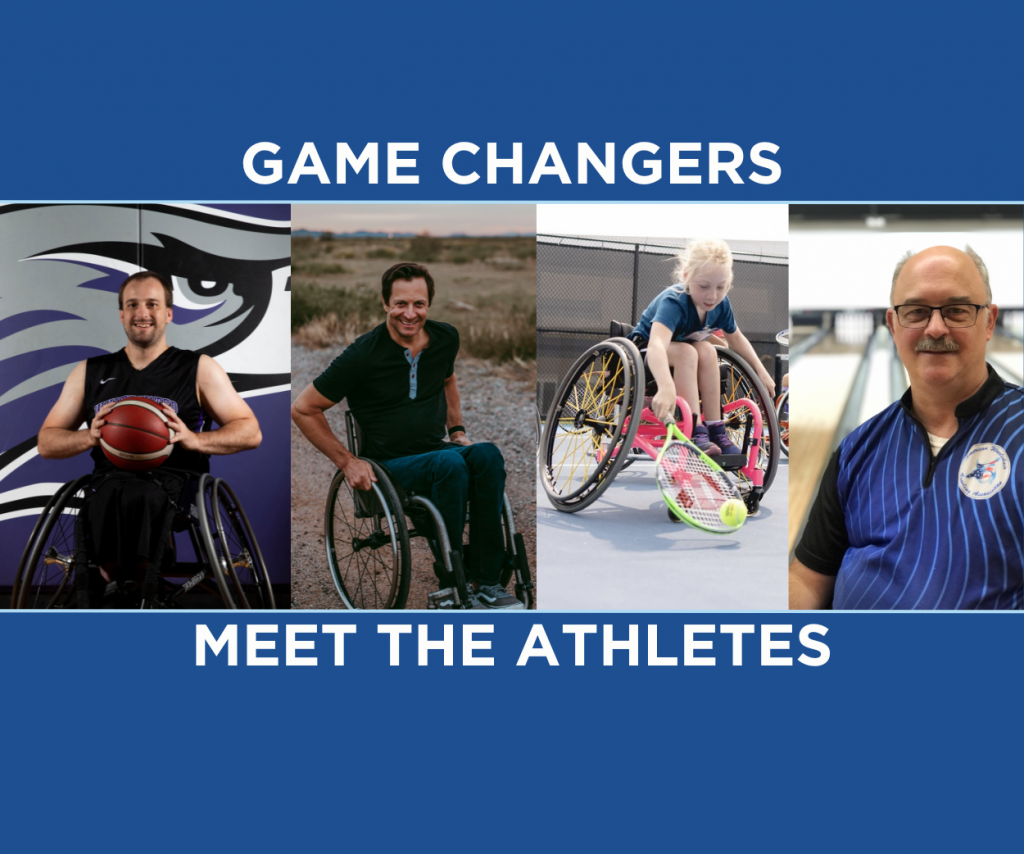Empathy + Equality = Accessibility
Accesibility is rightfully focused on providing access to society– But it’s also much more than that.
By Steven Aquino

Accessibility has so much more breadth and depth. And it isn’t merely for disabled people.
When most people think of accessibility, the images likely to be conjured up in their minds are people in wheelchairs or people who are blind using a cane.
This is classically and fundamentally true: accessibility has, and always will be, first and foremost about providing access to people with bonafide disabilities. Whether visible or not, the whole reason accessibility exists is to give the world’s largest marginalized group— over a billion people worldwide identify with some sort of disability—access to an inaccessible-to-them society.
But accessibility has so much more breadth and depth. And it isn’t merely for disabled people.
The scooters used by people with limited mobility and the elderly are accessibility. The subtitles in the Best Picture Oscar-winning film CODA are accessibility. The captions in your kids’ TikTok videos are accessibility. The list goes on. The subtitles exist in CODA because obviously not everyone speaks sign language; how else are audiences supposed to know what members of the Rossi family are saying? That the subtitles exist gives watchers access to the language.
Likewise, the captions on TikTok are useful if you have trouble understanding what a person is saying. The captions exist to give you another modality with which you can understand dialogue without solely relying on your hearing. Even more mundane things like the food processor in your kitchen is accessibility—because the machine makes quick work of food prep that would otherwise be time-consuming and/or laborious due to lackluster knife skills.
The lesson here is that accessibility truly benefits everyone, regardless of ability. For instance, you needn’t have a medically-recognized condition to reap benefits from your phone or laptop having larger, easier-to-read text. Everyone likes text that’s easier to see.
The lesson here is that accessibility truly benefits everyone, regardless of ability.
The push for greater accessibility, in technology or otherwise, should always be about inclusiveness. Having
diverse representation is one thing, but diversity rings hollow if, say, the wheelchair-using person can’t access a particular venue because there is a lack of adequate ramps. To be truly diverse and inclusive is to be mindful of everyone’s particular needs and tolerances. Otherwise,
it’s just grandstanding. In a nutshell, accessibility is about empathy and equality. It’s about abled people making
affordances for those with disabilities because they care
and they want the disability community to be seen and
participate. Disability is not a failure of the human condition; it’s not something to be pitied and our bodies
meant to overcome. Disability is simply part of the human experience, and disabled people deserve the opportunity to share their unique lived experiences with others. Accessibility helps make that possible; without it, intentional or not, is pure exclusion.

Related Articles
A Day in My Life: Calvan Ferguson
Calvan Ferguson shares about his daily life, the importance of inclusion and accessible transportation and cultivating a positive attitude. Calvan Ferguson believes deeply in the…
A Day In My Life: Will Fargas
NSM client Will Fargas takes us along for the day as he heads to work in Manhattan For Will Fargas, most days start pretty early. …
Game Changers
National Seating and Mobility clients and athletes discuss sports, active living and keeping their chairs competition-ready. Sports can be an important part of living an active,…


